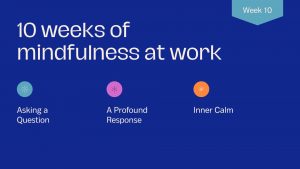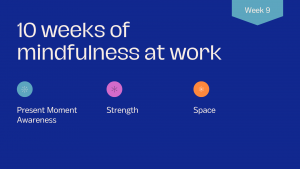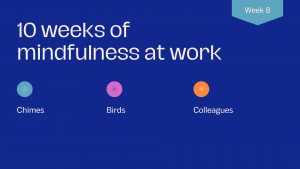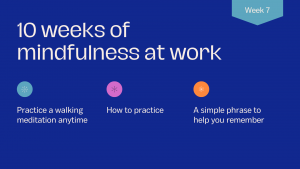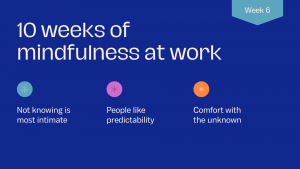10th Anniversary of Meditation Illuminated!

So I gravitate towards instruction that’s simple, clear and logical.
But learning how to meditate in the mid-1980s was anything but simple, clear and logical. Every book, every lecture, every program – for that matter, everything having to do with meditation seemed so mysterious.
Why couldn’t someone just tell me exactly how meditation worked and how to do it?!! So I did a deep dive into learning, exploring meditation piece by piece until a coherent picture emerged.
I discovered that meditation was not about stopping thoughts, but about becoming aware of them. I learned how to watch these thoughts and allow them to pass. I learned how to focus on my breath and steady my mind. I became less reactive. Less judgmental. Less stressed. More grounded. More accepting. More relaxed.
After decades of learning, I wrote Meditation Illuminated: Simple Ways to Manage Your Busy Mind to bring others the simple explanations I longed for years earlier. Published 10 years ago in July 2013, my intent was to share ideas and practices that could transform lives —and help people find some clarity, inspiration, and peace amidst life’s challenges.
Over the years, I’m been humbled that so many people have shared with me how much they value my book. I’ve received comments such as “Your book has a special place on my nightstand,” “I keep buying new copies, since I keep giving my copy to friends,” “I actually learned to calm my mind” and “thank you for writing this book!”
Meditation techniques have made such a tremendous difference in my life – and I’m deeply grateful to all the teachers who’ve so generously shared their wisdom. Writing this straightforward primer has been my way of paying it forward.
To celebrate the 10th anniversary of my book, I’ve just completed a blog series called “10 Weeks of Mindfulness at Work.” I hope you can find practices that bring you at least a few moments of mindfulness!
